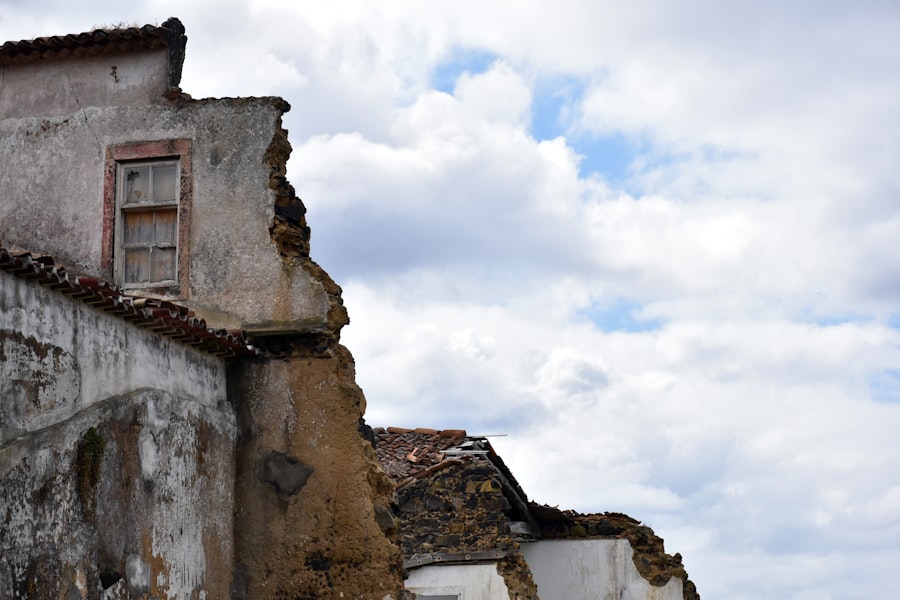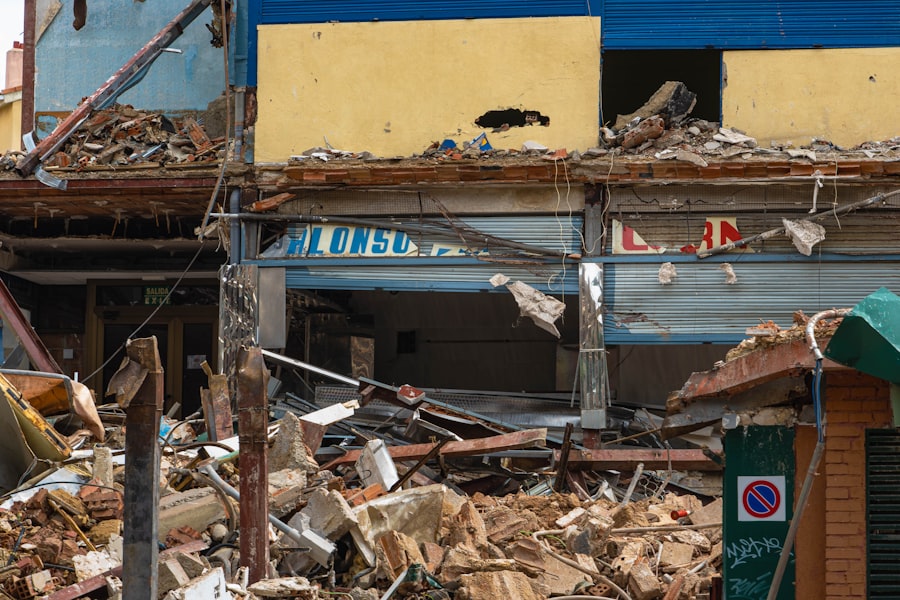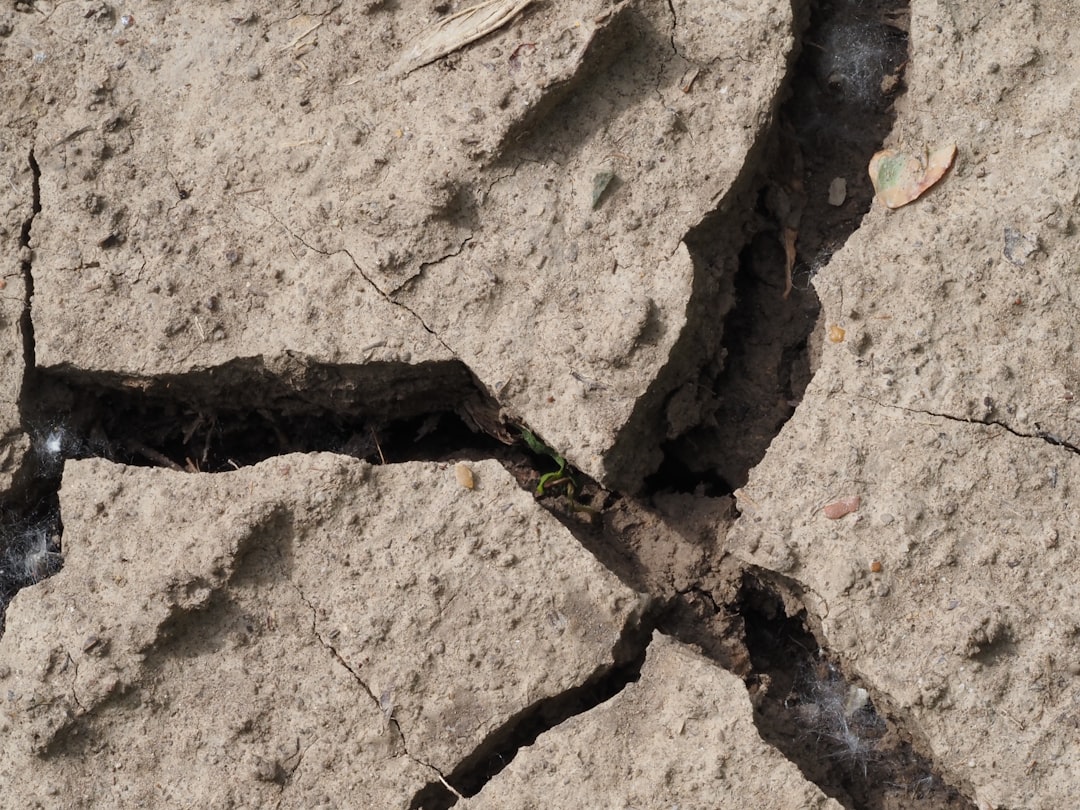The Drake Passage, a body of water that separates South America from Antarctica, has long been recognized for its tumultuous seas and unpredictable weather. However, it gained international attention when a significant earthquake struck the region, shaking the very foundations of this remote area. This seismic event not only highlighted the geological volatility of the region but also raised questions about the preparedness of nearby communities and the broader implications for environmental stability.
The earthquake served as a stark reminder of nature’s power and unpredictability, prompting scientists and researchers to delve deeper into understanding the seismic dynamics at play in this unique geographical location. As news of the earthquake spread, it became clear that the event was more than just a natural disaster; it was a catalyst for discussions about seismic activity in South America as a whole. The Drake Passage, often viewed as a mere maritime boundary, emerged as a focal point for understanding the intricate relationship between tectonic movements and environmental consequences.
This article aims to explore the geographical significance of the Drake Passage, the nature of seismic activity in South America, and the broader implications of such earthquakes on both human and ecological systems.
Key Takeaways
- The Drake Passage South America Earthquake had significant impact on the region
- The Drake Passage is a crucial geographical location for understanding seismic activity
- Seismic activity in South America is influenced by tectonic plate movements
- The earthquake had a major impact on the Drake Passage region, affecting the environment and infrastructure
- Response and recovery efforts following the earthquake were crucial for the affected areas
The Geographical Location of the Drake Passage
The Drake Passage is situated at the southernmost tip of South America, flanked by Cape Horn to the north and the Antarctic Peninsula to the south. This narrow stretch of water is approximately 800 kilometers wide and serves as a critical conduit for ocean currents, connecting the Atlantic and Pacific Oceans. Its geographical significance extends beyond mere navigation; it plays a vital role in regulating global climate patterns and marine biodiversity.
The passage is notorious for its rough seas, which are often exacerbated by strong winds and unpredictable weather conditions, making it a challenging area for maritime activities. The unique positioning of the Drake Passage also places it at the intersection of several tectonic plates, including the South American Plate and the Scotia Plate. This tectonic setting contributes to its seismic activity, making it an area of interest for geologists and seismologists alike.
The interplay between these plates not only influences geological formations but also has profound implications for the ecosystems that thrive in and around the passage. Understanding this geographical context is essential for comprehending the seismic events that occur in this region and their potential impacts on both human populations and marine life.
Understanding the Seismic Activity in South America

South America is one of the most seismically active regions in the world, primarily due to its location along the Pacific Ring of Fire. This area is characterized by frequent earthquakes and volcanic eruptions, resulting from the movement of tectonic plates. The continent’s western edge is particularly vulnerable, where the Nazca Plate subducts beneath the South American Plate, creating immense geological stress that can lead to significant seismic events.
The Drake Passage, being adjacent to this tectonic boundary, experiences its share of these geological phenomena. Seismic activity in South America is not uniform; it varies significantly across different regions. While some areas experience minor tremors, others are prone to devastating earthquakes that can cause widespread destruction.
The complexity of geological formations and fault lines throughout the continent adds layers of unpredictability to seismic forecasting. Researchers continuously monitor these activities to better understand their patterns and potential impacts, emphasizing the need for comprehensive studies that encompass both historical data and real-time observations.
The Impact of the Earthquake on the Drake Passage Region
| Metrics | Impact |
|---|---|
| Earthquake Magnitude | 7.1 on the Richter scale |
| Location | Drake Passage Region |
| Depth | 10 km below the surface |
| Effects | Minor tsunamis and aftershocks reported |
| Response | Emergency evacuation and relief efforts initiated |
The earthquake that struck the Drake Passage had immediate and far-reaching consequences for both human communities and marine ecosystems. In coastal areas, residents experienced intense shaking, leading to structural damage in buildings and infrastructure. Emergency services were quickly mobilized to assess damage and provide assistance to those affected.
The earthquake also disrupted local economies reliant on fishing and tourism, as vessels were damaged or rendered unsafe for navigation. Beyond human impacts, the earthquake had significant implications for marine life in the Drake Passage. The sudden shifts in underwater topography could alter habitats for various species, potentially leading to changes in migration patterns and food availability.
Additionally, underwater landslides triggered by seismic activity can release sediment plumes that affect water quality and disrupt delicate ecosystems. Scientists are now tasked with studying these changes to understand their long-term effects on biodiversity in this ecologically rich region.
The Response and Recovery Efforts Following the Earthquake
In the aftermath of the earthquake, response efforts were swift but challenging due to the remote location of many affected areas. Local governments, alongside national agencies, coordinated relief efforts to provide immediate assistance to those impacted by the disaster. Emergency shelters were established, and supplies such as food, water, and medical aid were distributed to communities in need.
The logistical challenges posed by harsh weather conditions and difficult terrain complicated these efforts but did not deter responders from their mission.
This collaborative approach not only fostered resilience but also empowered communities to take ownership of their recovery process. As rebuilding progressed, lessons learned from this earthquake began to inform future preparedness strategies, emphasizing the importance of resilience in facing natural disasters.
The Historical Significance of Seismic Events in South America

The history of seismic events in South America is rich and complex, marked by numerous significant earthquakes that have shaped both landscapes and societies. From catastrophic events like the 1960 Valdivia earthquake—the most powerful recorded earthquake in history—to smaller tremors that have gone largely unnoticed, each event contributes to a broader understanding of seismic risk in the region. These historical precedents serve as critical case studies for researchers aiming to develop more effective monitoring systems and disaster response strategies.
Moreover, historical seismic events have influenced cultural narratives and societal structures within affected communities. Many regions have developed unique architectural styles designed to withstand earthquakes, reflecting a deep-seated awareness of their geological environment. This cultural adaptation underscores the resilience of communities in South America as they navigate the challenges posed by living in a seismically active region.
The Role of Tectonic Plates in Earthquakes in the Drake Passage Region
The tectonic dynamics at play in the Drake Passage are fundamental to understanding its seismic activity. The interaction between the South American Plate and surrounding plates creates a complex network of fault lines that are prone to movement. As these plates shift, they release accumulated stress in the form of earthquakes, which can vary widely in magnitude and impact.
The Drake Passage serves as a vivid illustration of how tectonic processes shape not only geological features but also human experiences. Researchers continue to study these tectonic interactions to improve predictive models for future seismic events. By analyzing historical data alongside real-time monitoring efforts, scientists aim to identify patterns that could indicate increased seismic risk.
Understanding these tectonic processes is crucial for developing effective mitigation strategies that can help safeguard communities against future earthquakes.
The Potential for Future Seismic Activity in the Area
Given its geological context, the Drake Passage remains at risk for future seismic activity. The ongoing movement of tectonic plates ensures that stress will continue to build along fault lines, making it likely that additional earthquakes will occur in this region. While predicting specific events remains challenging due to the complex nature of tectonic interactions, researchers are working diligently to enhance forecasting methods that could provide early warnings for communities at risk.
The potential for future seismic activity also raises important questions about preparedness and resilience. As communities rebuild following recent earthquakes, there is an opportunity to implement more robust infrastructure designed to withstand future tremors. Additionally, public education campaigns can help raise awareness about earthquake preparedness, ensuring that residents are equipped with knowledge and resources to respond effectively when faced with another seismic event.
The Environmental Impact of the Earthquake on the Drake Passage
The environmental consequences of an earthquake extend far beyond immediate human impacts; they also encompass significant ecological changes within affected regions. In the case of the Drake Passage earthquake, scientists are particularly concerned about how shifts in underwater topography may affect marine ecosystems. Alterations in habitat structures can disrupt food chains and impact species diversity, leading to long-term ecological consequences.
Furthermore, underwater landslides triggered by seismic activity can release sediment into surrounding waters, affecting water quality and light penetration essential for photosynthetic organisms. These changes can have cascading effects throughout marine food webs, ultimately impacting fisheries and other industries reliant on healthy ocean ecosystems. Ongoing research is crucial for understanding these environmental impacts and developing strategies to mitigate them.
The Importance of Monitoring and Studying Seismic Events in South America
Monitoring seismic activity is essential for enhancing public safety and preparedness in seismically active regions like South America. Advanced technologies such as seismographs and satellite imaging allow researchers to track tectonic movements in real time, providing valuable data that can inform early warning systems. These systems are critical for alerting communities about impending earthquakes, potentially saving lives and minimizing property damage.
Moreover, studying seismic events contributes to a broader understanding of geological processes that shape our planet. By analyzing data from past earthquakes alongside ongoing monitoring efforts, scientists can develop more accurate models predicting future seismic risks. This knowledge not only benefits local communities but also contributes to global efforts aimed at understanding tectonic dynamics and improving disaster response strategies worldwide.
Lessons Learned from the Drake Passage South America Earthquake
The earthquake that struck the Drake Passage serves as a poignant reminder of nature’s power and unpredictability. It underscores the importance of preparedness, resilience, and community engagement in facing natural disasters. As South America continues to grapple with its seismic reality, lessons learned from this event can inform future strategies aimed at mitigating risks associated with earthquakes.
In reflecting on this earthquake’s impact—both immediate and long-term—there lies an opportunity for growth and adaptation within affected communities. By fostering a culture of preparedness and investing in research aimed at understanding seismic activity better, societies can enhance their resilience against future earthquakes while safeguarding both human lives and ecological integrity in this remarkable region of our planet.
The Drake Passage, a significant body of water located between the southern tip of South America and Antarctica, is known for its turbulent waters and challenging navigation conditions. This region is also susceptible to seismic activity, which can lead to earthquakes that impact both marine and terrestrial environments. For more detailed information on the geological dynamics of this area and its implications, you can explore a related article on the topic by visiting
